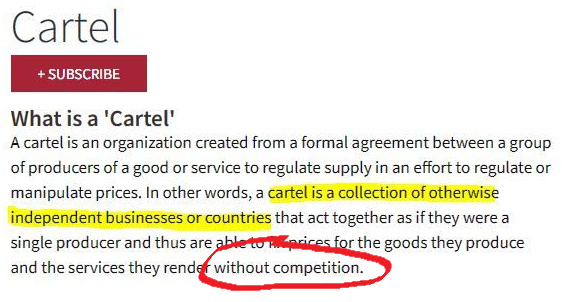At this time (recent weeks) the relative price ratios aren’t changing much, so the relative network hashpowers aren’t changing much. I don’t expect that we’ll be artificially changing anything to try to attack ZCash.
Our focus is on building the underlying value of BTG and on marketing BTG’s strengths. We are a new coin that has just stabilized, and we’re steadily building a base for growth and an ecosystem of users.
It’s worth noting that as a new coin that forked BTC, we have faced certain headwinds that ZCash has not - for example, there were 16.5 million BTG in existence at launch via forked BTC, and some of those owners have chosen to sell their BTG, which puts downward pressure on BTG price. However, over time, more and more of those sellers are “out,” and this “young fork” phase comes to an end and more normal market dynamics will take over. ZCash has no such effect - ZCash started with a new coin supply and has only just grown to 3.6 million.
Going forward, BTG will have certain advantage over ZCash in terms of growth. For example, the inflation rate for ZCash is dramatically higher than for BTG. Eventually, many years from now, there will be 21 million ZEC and there will be 21 million BTG. But ZEC is much earlier and in a much more inflationary period of the growth cycle; BTG already has nine years of growth (and two halvings) behind it, having forked the BTC blockchain.
ZCash is mined at 12.5 coin per block, like BTG, but ZCash has four blocks in ten minutes, while BTG has one. So four times more ZEC coins are released in ten minutes as BTG coins.
Here’s a rough calculation of the ZEC to be produced in the next year:
12.5 coins per block * 24 blocks per hour * 24 hours per day * 365 days per year = 2.6 million.
Since there are about 3.6 million ZEC right now, there will be 6.2 million ZEC in one year. In a year, due to coin supply inflation, ZEC’s price will be 42% lower than it otherwise would.
The corresponding number of BTG to be produced in the next year:
12.5 coins per block * 6 blocks per hour * 24 hours per day * 365 days per year = 0.65 million. (Same as for BTC.)
Since there are already about 16.9 million BTG right now, there will be about 17.5 million BTG in a year. The decline in value due to coin supply inflation will be about 3.7% (which is, again, roughly the same as for Bitcoin.) It will be about eight years and two halvings before the ZCash inflation rate drops to this level.
In the medium term - the coming months and couple of years - the prospects and underlying fundamentals for BTG are excellent.
Note: nothing I’ve said here is an attack on ZCash; it’s merely an explanation of underlying fundamentals that investors should consider when valuing a coin today, and when estimated future value.


